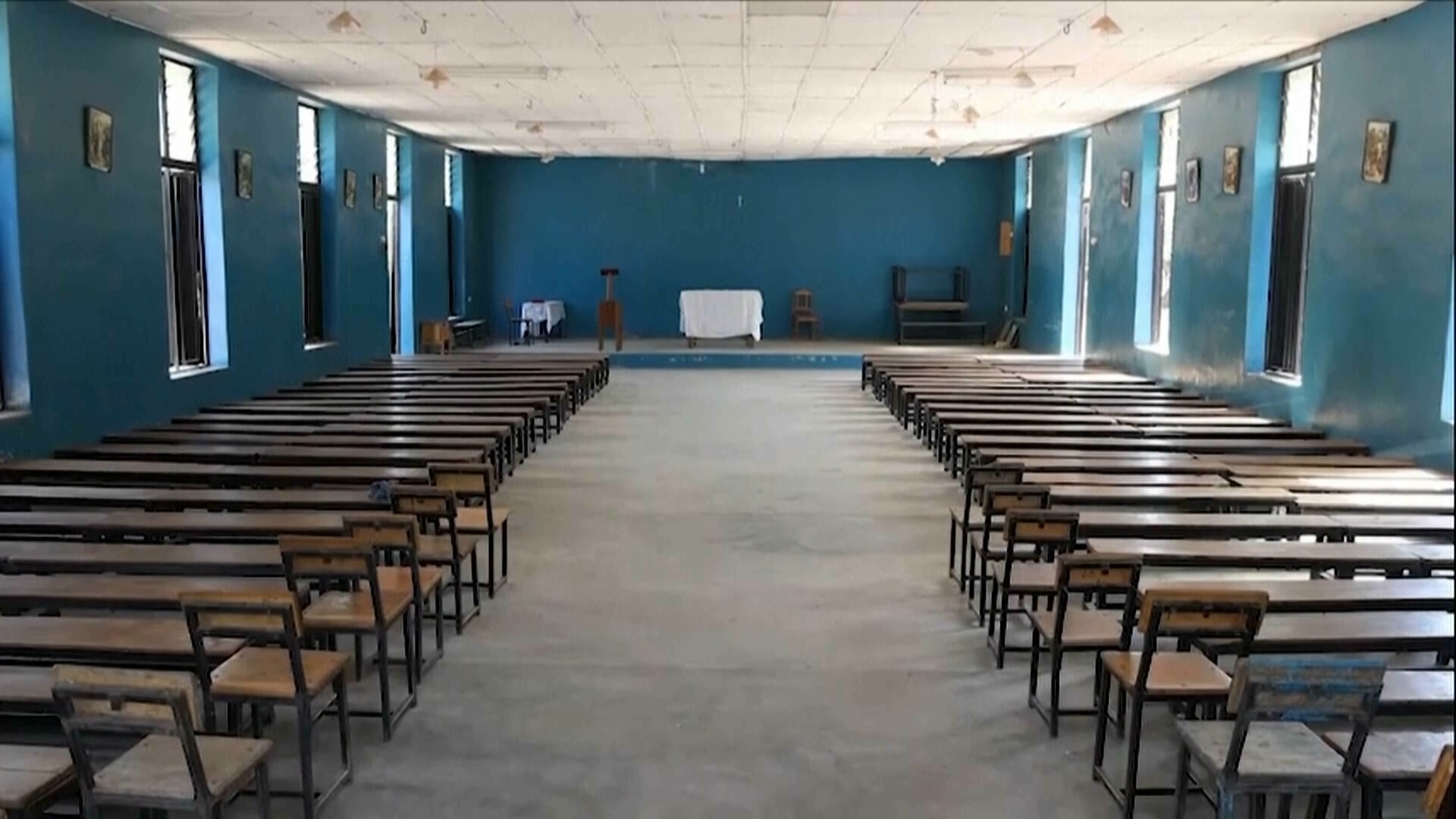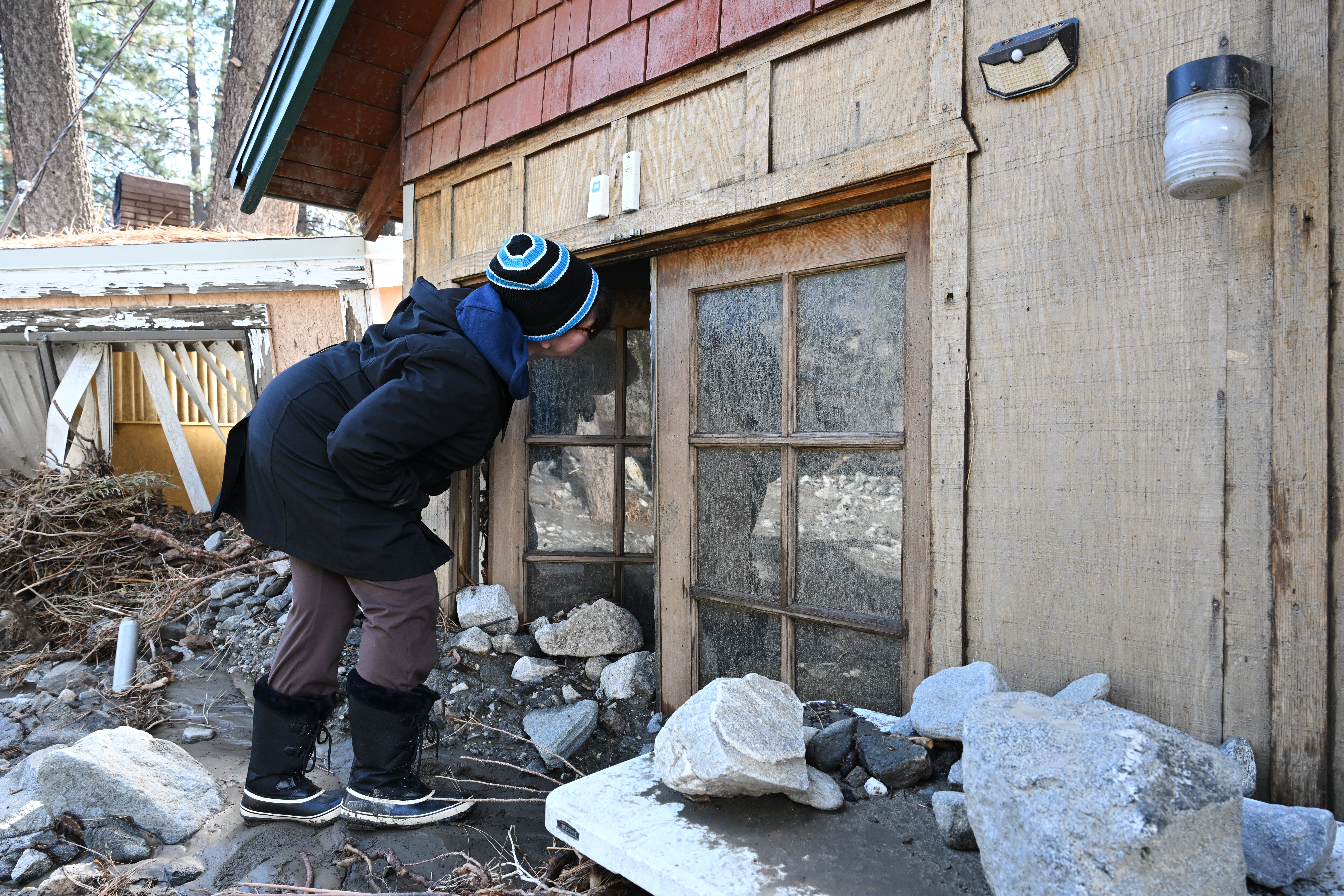October marks the beginning of the final stretch of hurricane season, and while tropical activity historically begins to wind down in October, the threat of major, destructive, and deadly hurricanes still remains.
Since 2016, six hurricanes have made landfall in the U.S. in October and November.
The most destructive was Hurricane Michael back in October of 2018, which made landfall as a category five storm in the Florida panhandle, causing catastrophic wind damage and storm surge.
The National Oceanic and Atmospheric Administration says 16 people were killed as a direct result of the storm, which caused more than $25 billion in damages.
In 2022, Hurricane Nicole made landfall on the east coast of Florida as a category one hurricane.
“October is still an active month in the historical distribution of hurricanes throughout the season,” said Mark Bourassa, Professor of Meteorology at Florida State University who specializes in storm physics.
He says the western Caribbean and Gulf of Mexico are breeding grounds for major hurricanes.

Warm and dry or cold and snowy? NOAA gives its winter prediction
NOAA weighs in on whether El Niño will persist into the winter and what impacts that would have.
That's in large part due to the extremely warm waters. This year, the waters in the western Caribbean are the warmest they’ve ever been.
"They're very warm right now, and hurricanes draw their energy from the upper ocean,” said Bourassa. "So higher temperatures mean more energy for them to grow into stronger storms.”
While Florida and the Gulf Coast states are most at play when it comes to landfalling tropical systems in October, the eastern seaboard isn’t spared catastrophic storms.
Evidenced by superstorm Sandy back in October 2012, which caused significant damage in the mid-Atlantic and northeast. NOAA says Sandy caused more than $85 billion in damages.
Sobering reminders of the devastating storm remain in the region. So what can we expect this October?
“We get landfall and hurricanes affluently almost any time of year. You just have to be aware of what's going on out over the ocean. It's just rarer. It's much rarer at some times of the year than others,” said Bourassa. “I remember back at Hurricane Andrew. It was a really unusual time of year, yet it was a devastating storm making landfall in a particularly bad location.”











